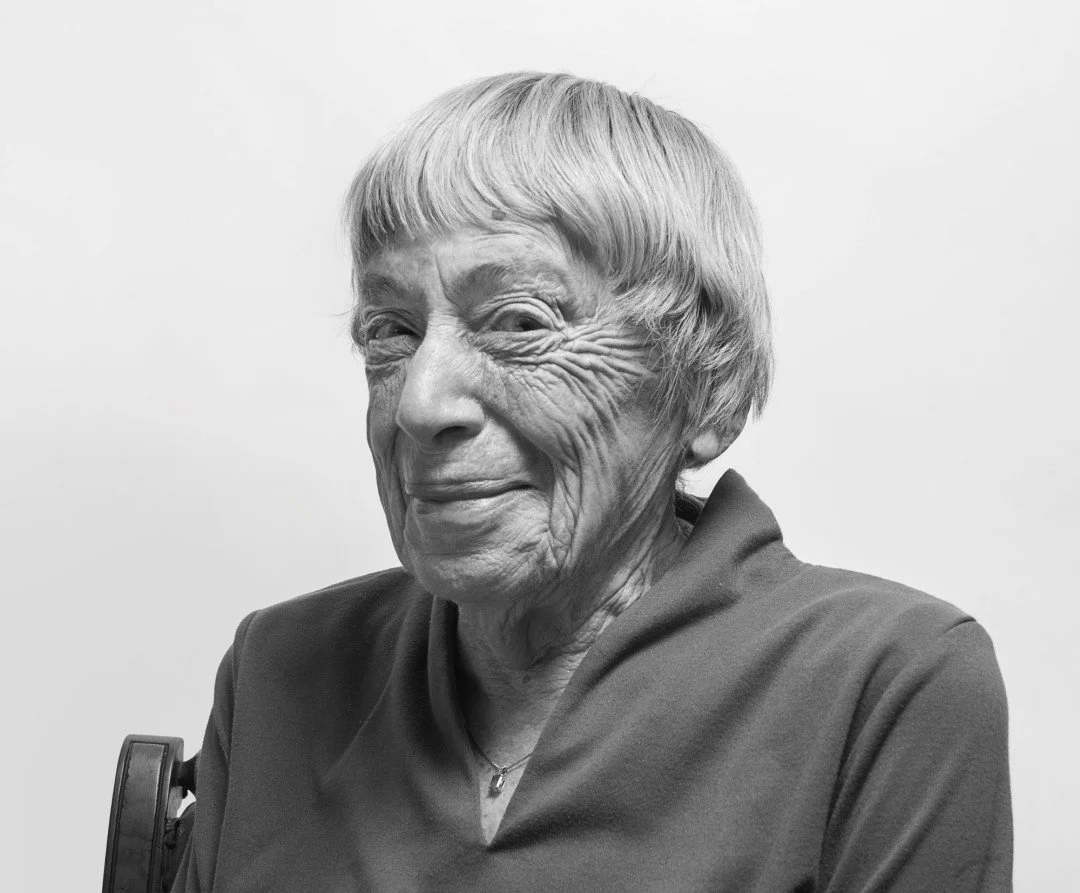Black Women in Church Hats
These days, most North American women tend to dress casually. Hats are considered formal attire, too dressy even for church. The dramatic exception to this rule is Black women around the world, especially in America. In Crowns: Portraits of Black Women in Church Hats, photographer Michael Cunningham and author Craig Marberry showcase more than two dozen African American women in their most dazzling headgear, alongside brief personal essays. Altogether it's a uniquely captivating profile of African American culture. The pictures are breathtaking, but it's the stories behind the portraits that make this book an exhilarating read. Following a forward by U.S. poet laureate Maya Angelou, the essays illuminate the significance of church hats in each woman's personal history. For Adnee Bradford, a 62-year-old English professor, church hats remind her of how her father loved to see her dressed up. "Sis," he'd say, "where'd you get that hat?" Boutique owner Audrey Easter recalls the days when hats were a sign of status: "Once you got up on your feet, you bought some hats."
Photo from Crowns: Portraits of Black Women in Church Hats (photo by Michael Cunningham)
Crowns leaves me pining for the Black church that I used to attend in west-end Toronto. I was drawn there in search of spiritual guidance. But I was held there by the oratorical flourish, the soul-satiating gospel and a peculiar, paradoxical blend of piety and glamour. Most of the women owned more church clothes than I had in my entire wardrobe. Walking through the door on Sabbath morning, one was struck by a kaleidoscope of texture and colour: Heavy green silk, airy chiffon, crisp linen criss-crossed with gold. Not all of the women wore headdresses, but many did. From my seat in the balcony, the hats were saucers of nodding colour, wildflowers in a breeze.
There were hats I especially admired: One elegant woman sometimes wore a chocolate-brown suit with a short-waisted, double-breasted jacket and four large black buttons arranged in a square. Her hat was a pillbox, also chocolate brown. It had a dotted black veil that fell down over her eyes and cast mysterious shadows across her cheeks.
Idera Ignant of Oklahoma City (photo by Lynette Lobban)
Another woman sometimes wore a soft, gray Robin Hood cap with a single, silvery plume. It looked as though she had a dove nesting peacefully in her hair. There were a few supple, understated cloches. A handful of women favoured a Napoleonic style that floated on the head like a battleship. I was occasionally forced to engage in military-like manoeuvres to avoid being trapped behind such a model for an entire service.
Men wore hats, too -- dimpled fedoras, the dignified fez, dashing black berets -- but they doffed their headgear as they arrived. Men whose wives wore hats displayed a particular husbandly pride. And the women themselves exhibited a somewhat regal bearing. Indeed, a slight tilt of the chin was often required to keep an elaborate chapeau in place. The haughty posture discouraged over-familiarity. Hats bestowed upon the wearer an air of aloofness and feminine confidence. Women in hats were ladies, to use an old-fashioned term.
Deborah Riley attending service at First African Methodist Episcopal Church in Seattle. (photo by Erika Schultz)
Today, younger Black women are opting for complicated hairstyles over hats -- lavish updos reminiscent of Audrey Hepburn or The Supremes, architecturally inspired braids. The hairstyles are as attention-grabbing as hats but require less ladylike attitude to pull off. I sported one such 'do for about a year -- a dramatic oval patterned plait that billowed into the shape of a conch. Still, I haven't yet acquired the confidence to wear a church hat. I remain, for the time being, a lady-in-waiting.
An earlier version of this piece appeared in The National Post.








